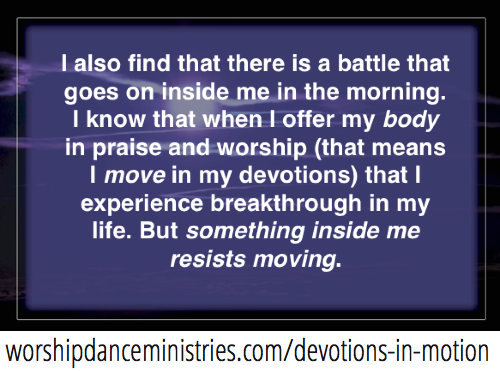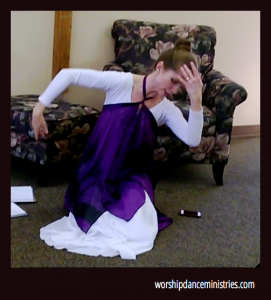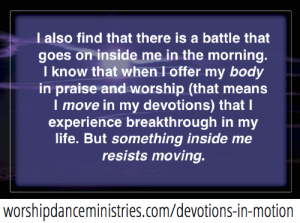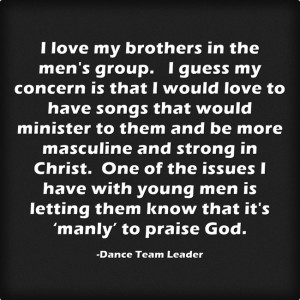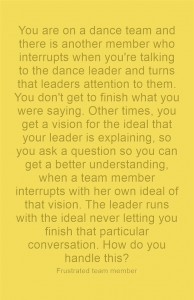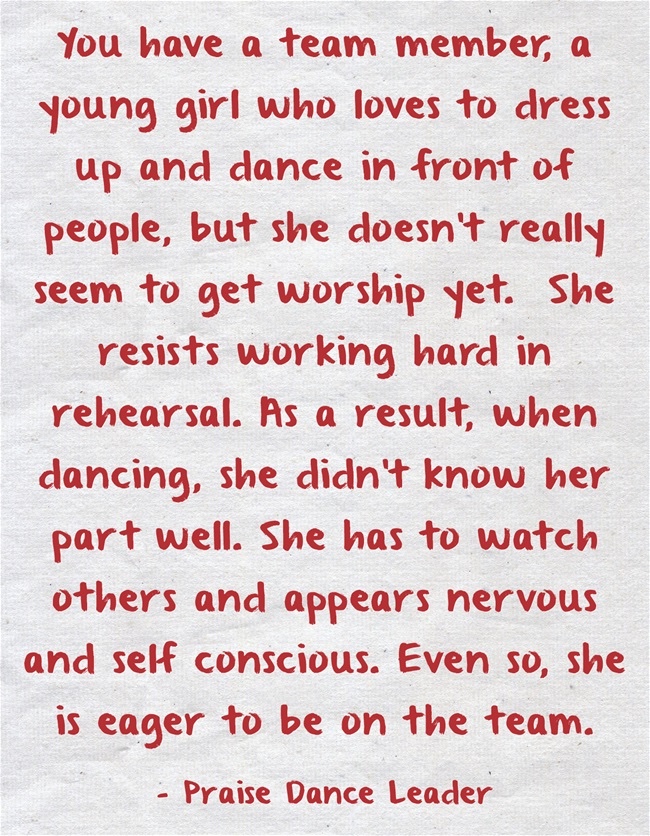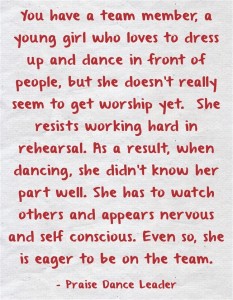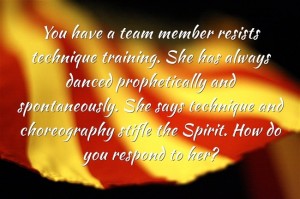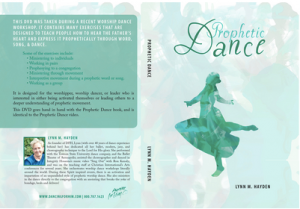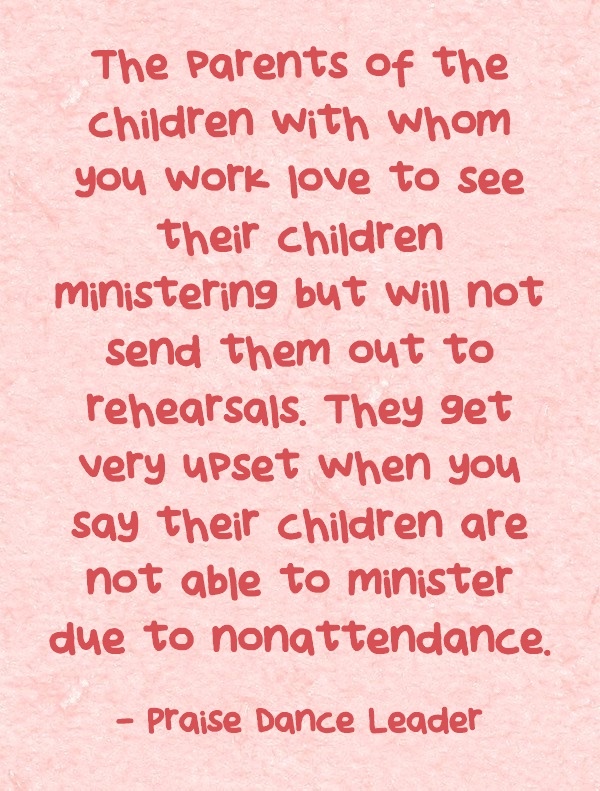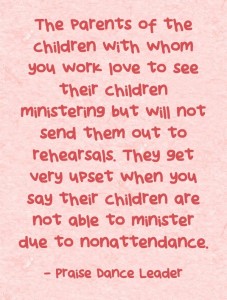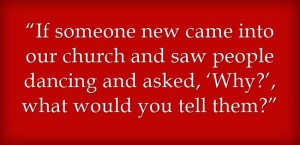 This past weekend, I was blessed with the opportunity to meet with the Pastor and the Children’s Ministry Director my church. They had gathered several people who love dance to discuss the possibility of incorporating dance at our church, beginning with children.
This past weekend, I was blessed with the opportunity to meet with the Pastor and the Children’s Ministry Director my church. They had gathered several people who love dance to discuss the possibility of incorporating dance at our church, beginning with children.
This was an answer to prayer. It was such a gift to have these leaders come to me and to ask me to share about dance with them. I have been ministering outside my church in dance through workshops and classes this past year, but have not danced in my church.
It has been hard to imagine dance being welcome in this church. There are just one or two people who raise their hands in worship. Our Pastor and Worship Leader are very intentional to avoid or minimize anything that draws attention to the leader or a specific person. They do this because they want the congregation’s attention focused on the Lord and not the leaders, which I highly respect. The worship team leads from the side of platform and have said that they want to be “invisible” for the same reason. I appreciate their hearts and their humility.
Nonetheless, you can see how it would be hard to see how dancers could lead worship, since the goal is for leaders to be invisible. As dancers, our goal also is to point to the Lord and not to ourselves, but we use a visual art to do this.
In addition, the denomination operates under what is called the “regulative principle,” which basically states that we don’t incorporate anything in the worship service that is not expressly prescribed by scripture. So, if dance is to be incorporated in corporate worship, the Pastor and elders need to have solid theological grounds for doing so.
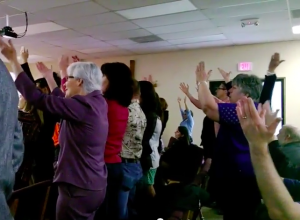 During the discussion, my Pastor turned to me and asked,“If someone new came into our church and saw people dancing and asked, ‘Why?’, what would you tell them?”
During the discussion, my Pastor turned to me and asked,“If someone new came into our church and saw people dancing and asked, ‘Why?’, what would you tell them?”
He wasn’t asking, “Is it okay for Christians to dance?” or, “Can dance be used in evangelism in the community?” He felt secure that the answers to both of those were, “Yes.”
He was asking specifically, “Is dance appropriate in the sanctuary, in corporate worship?“ Continue reading “Why dance in church? Is it biblical?”

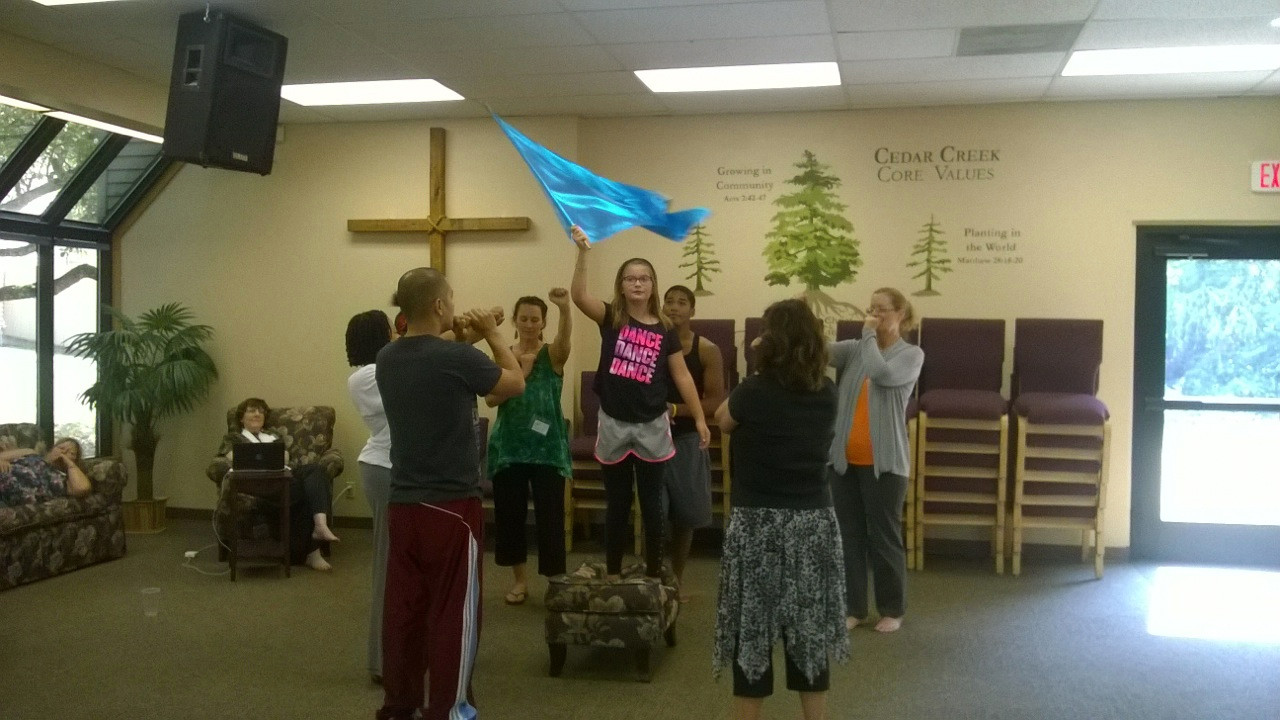
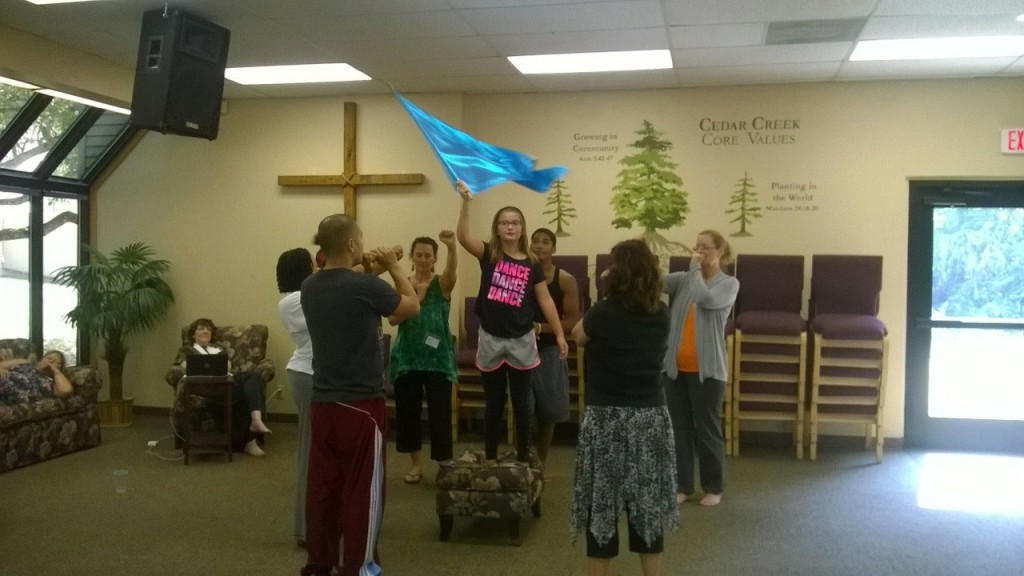
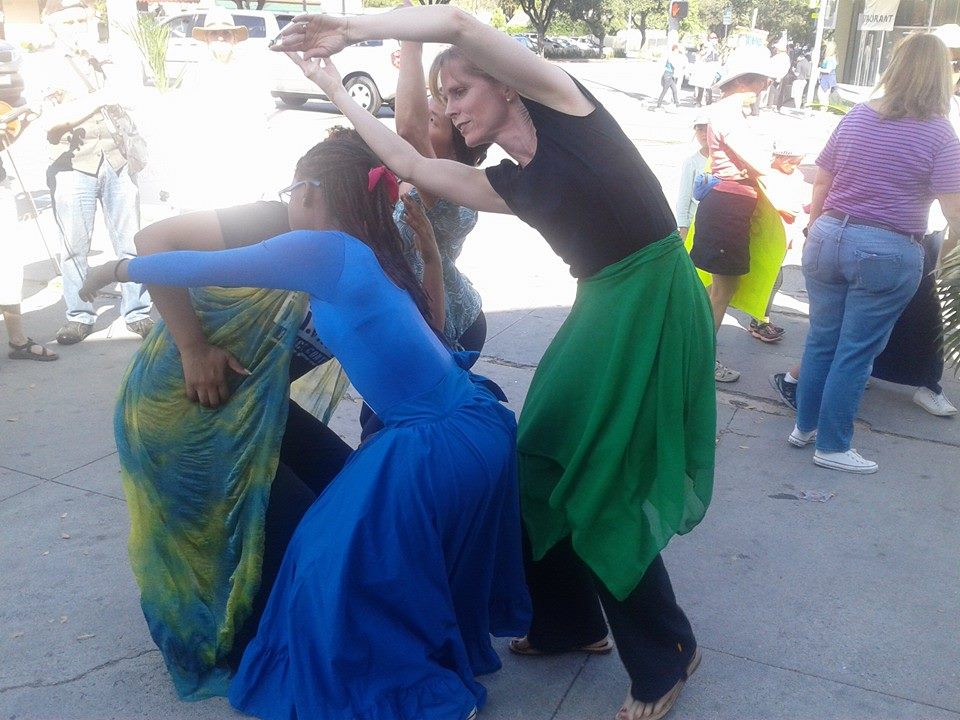
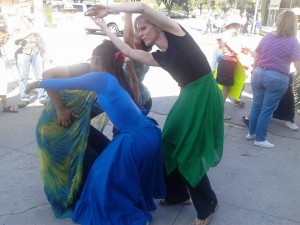 I love the word “compass” which appears many times in the King James Bible. Sometimes, it’s translated, “surround” in newer versions.
I love the word “compass” which appears many times in the King James Bible. Sometimes, it’s translated, “surround” in newer versions.